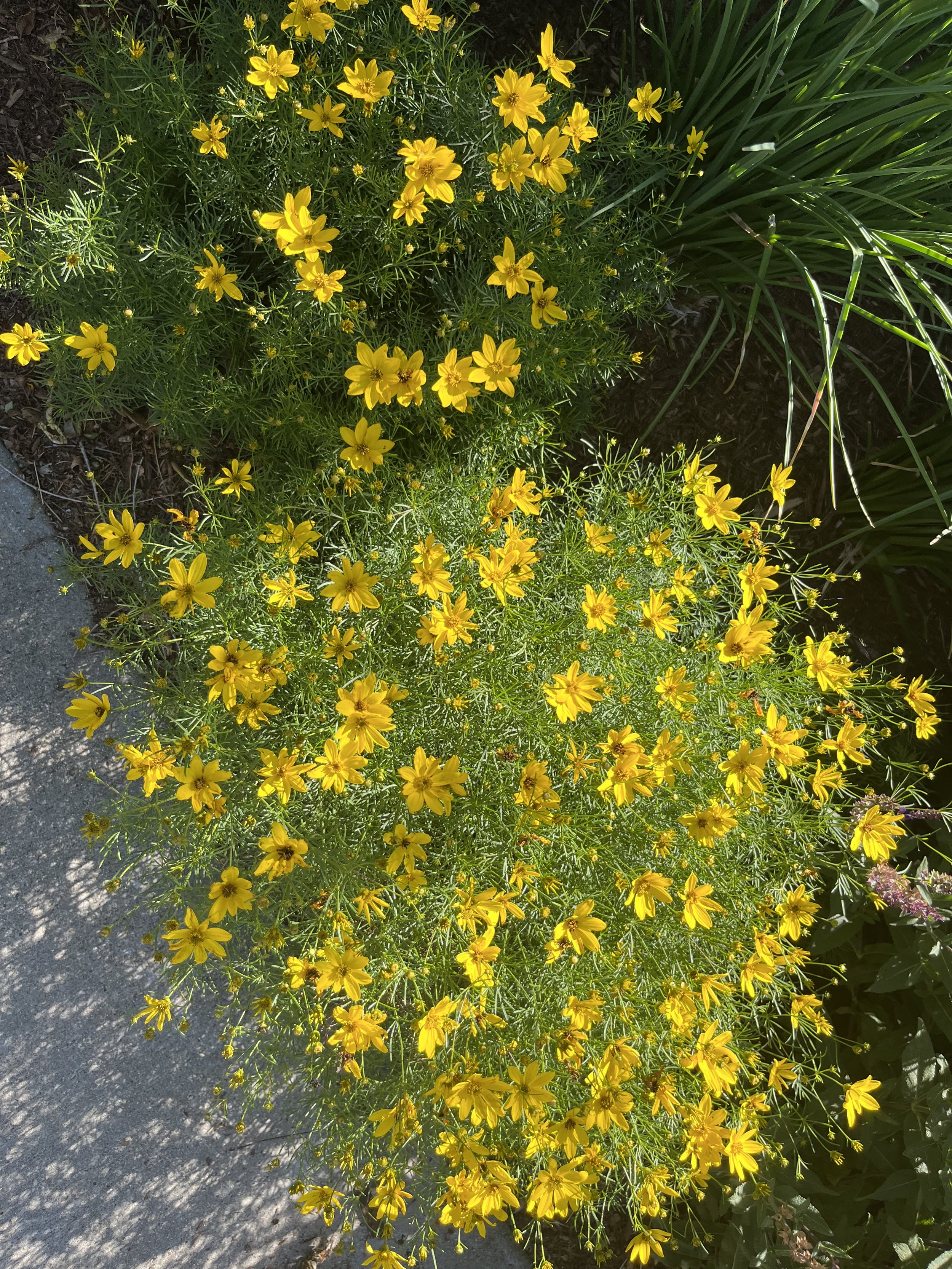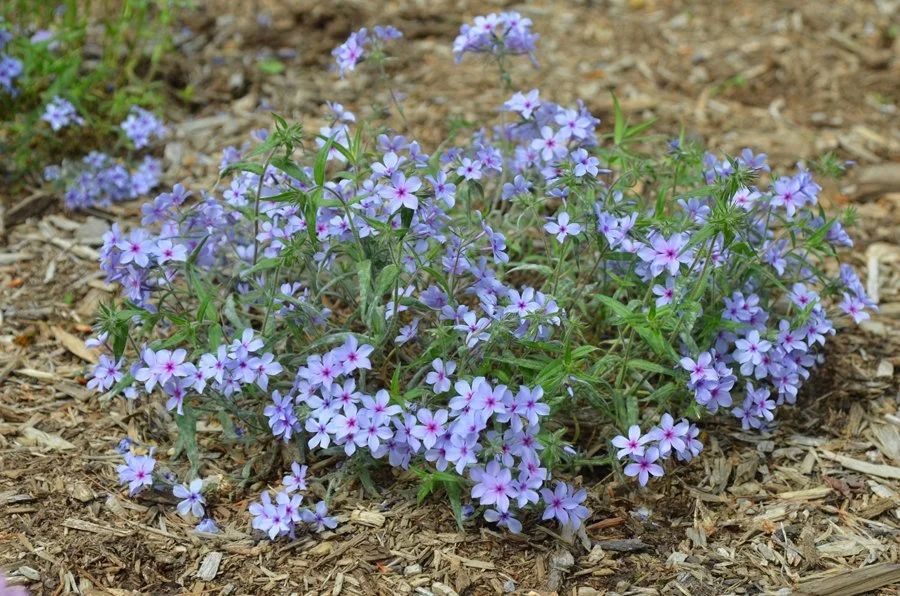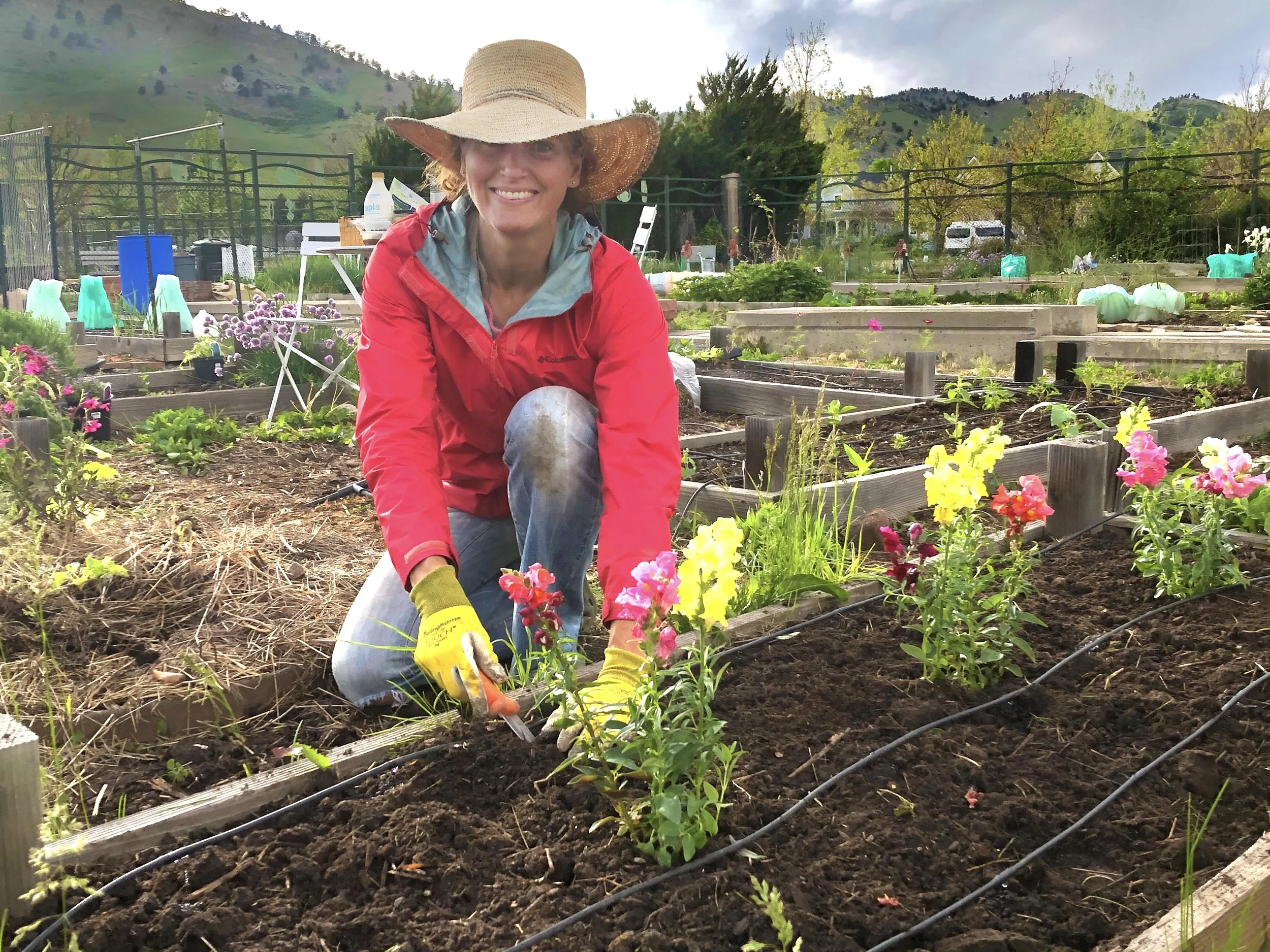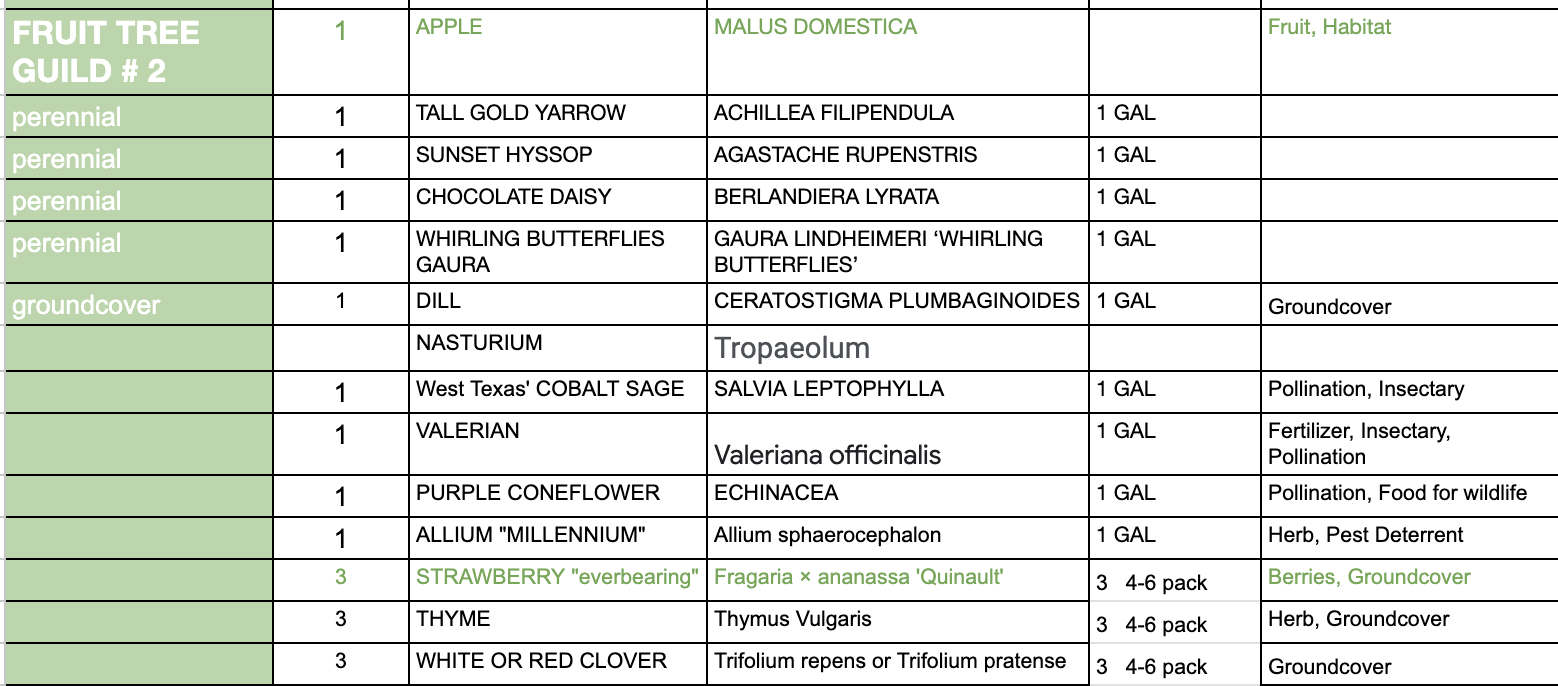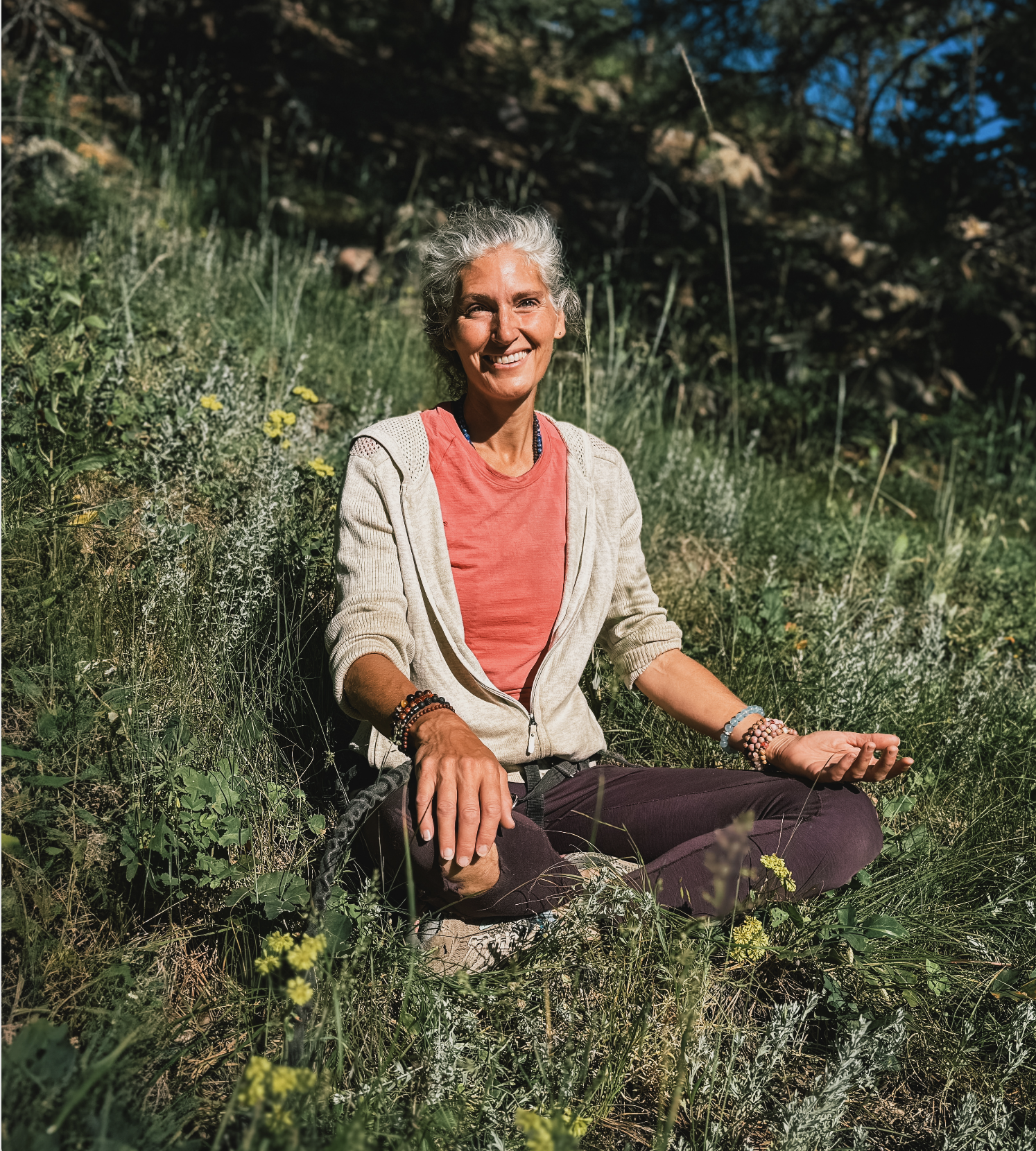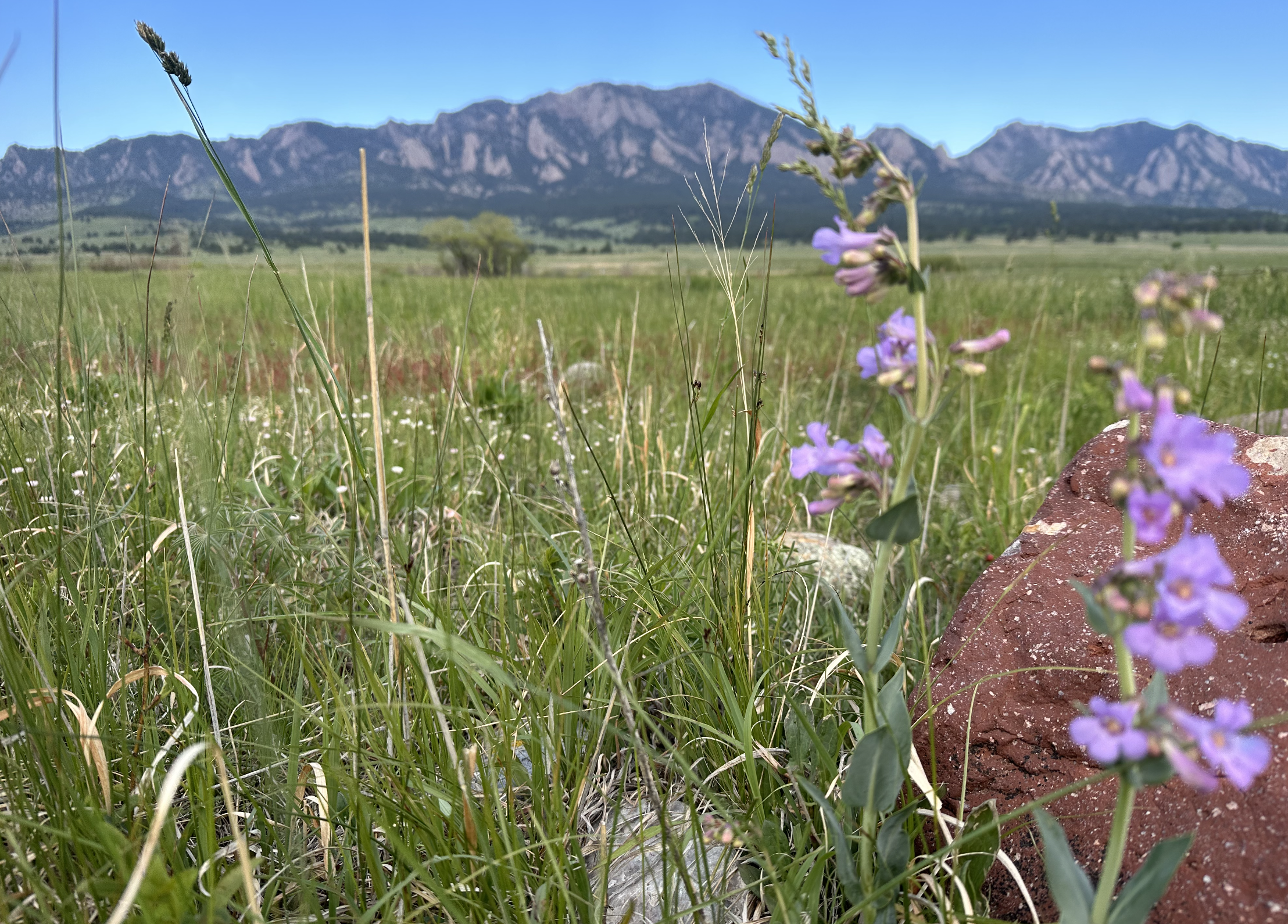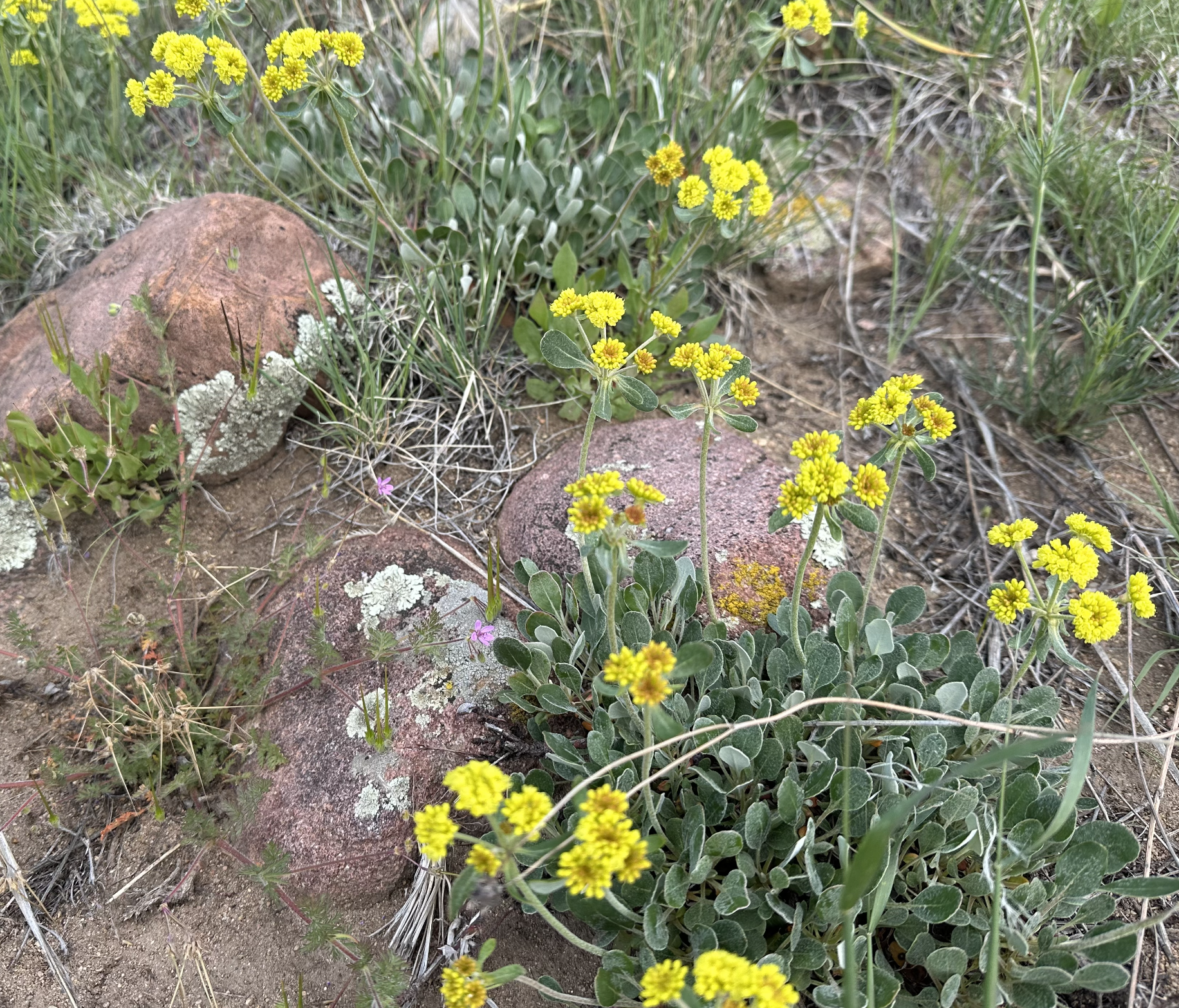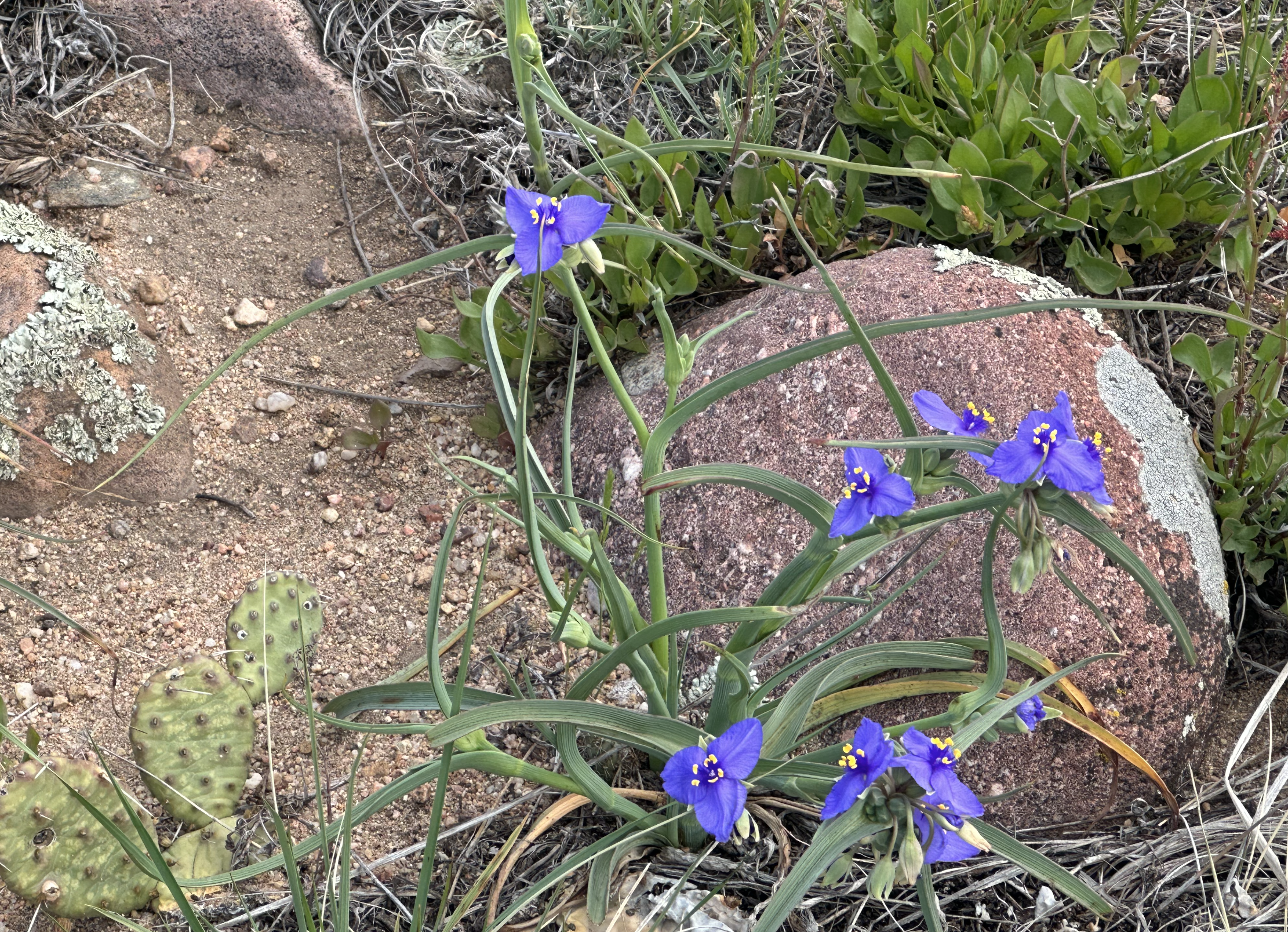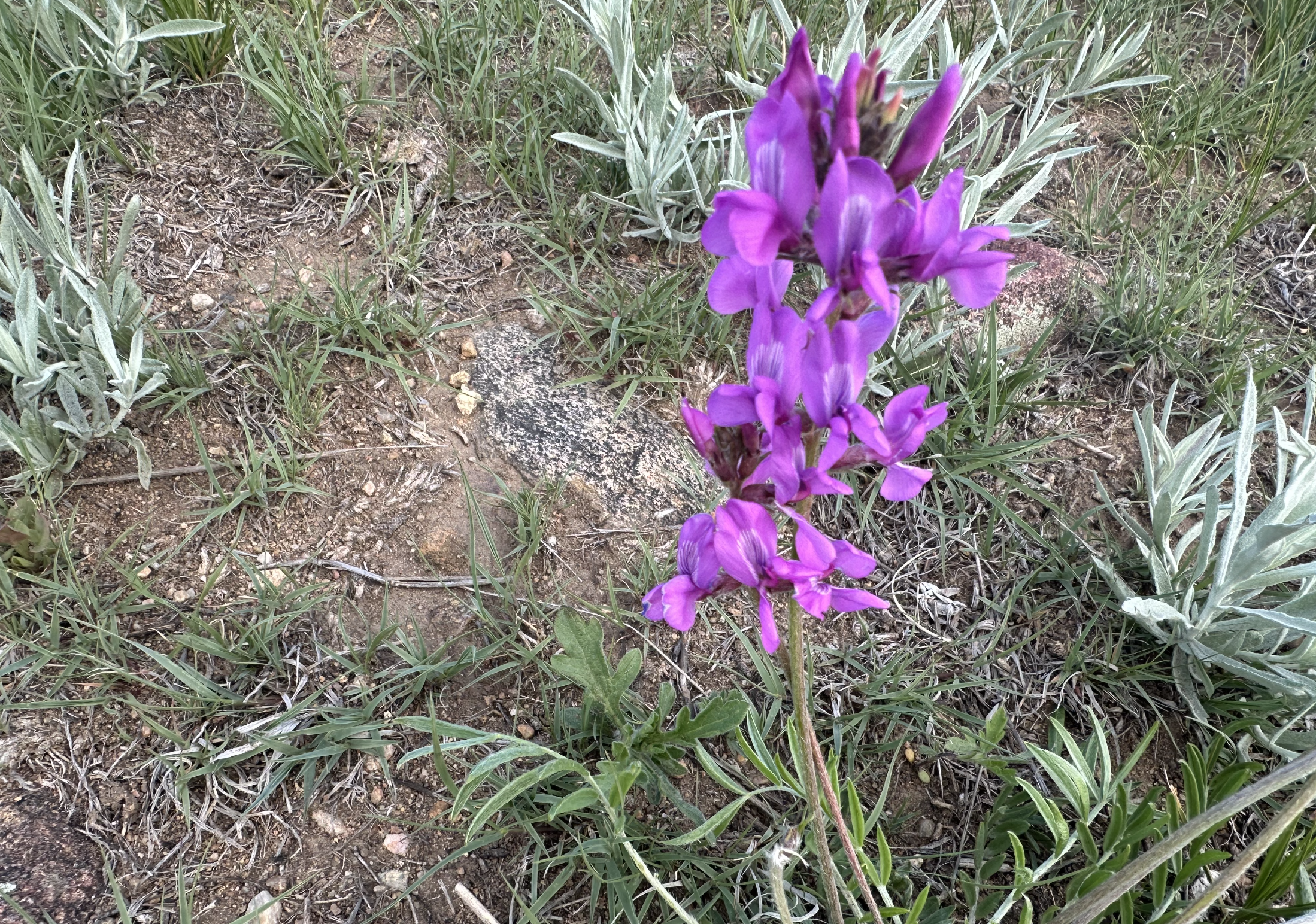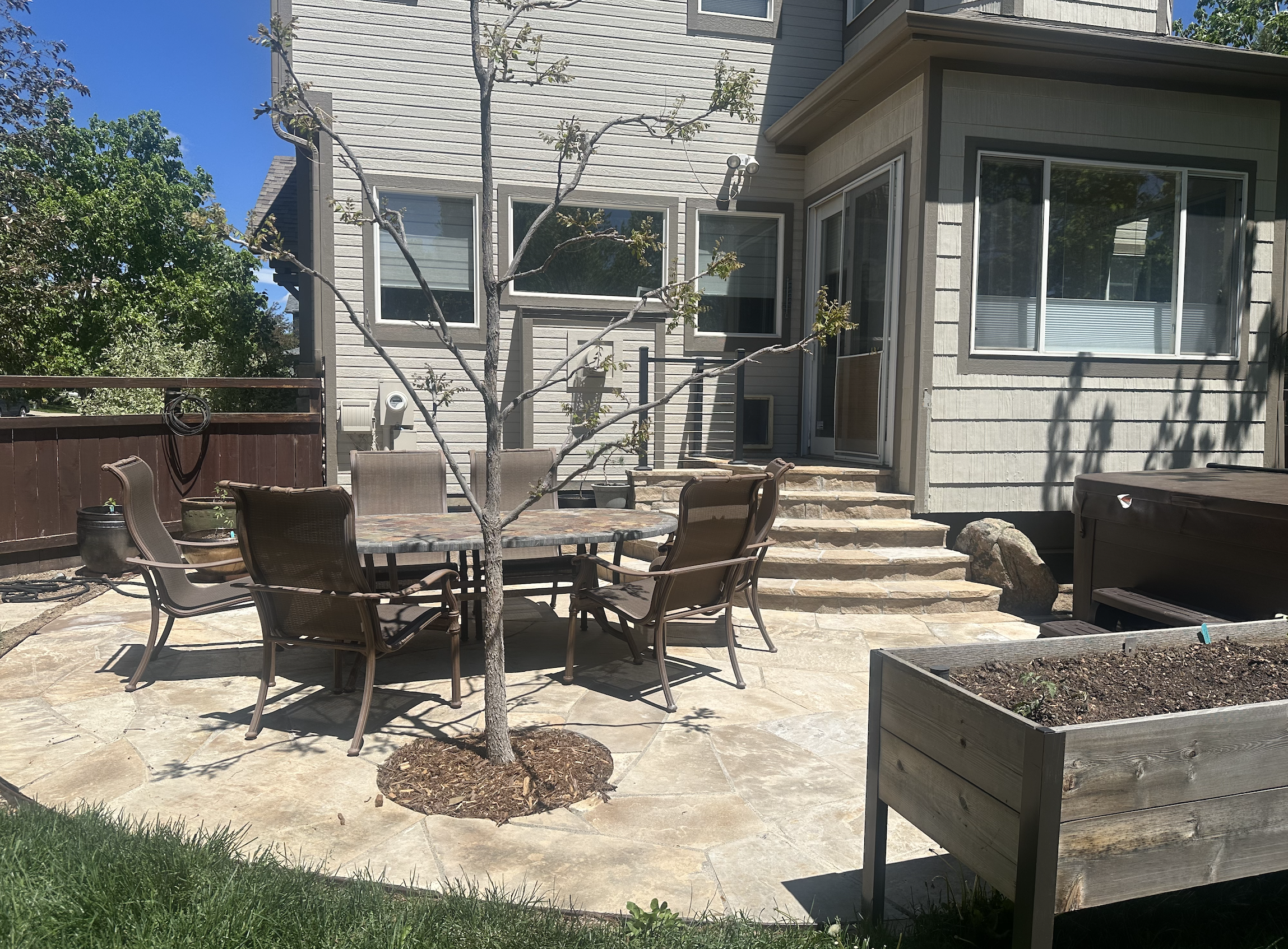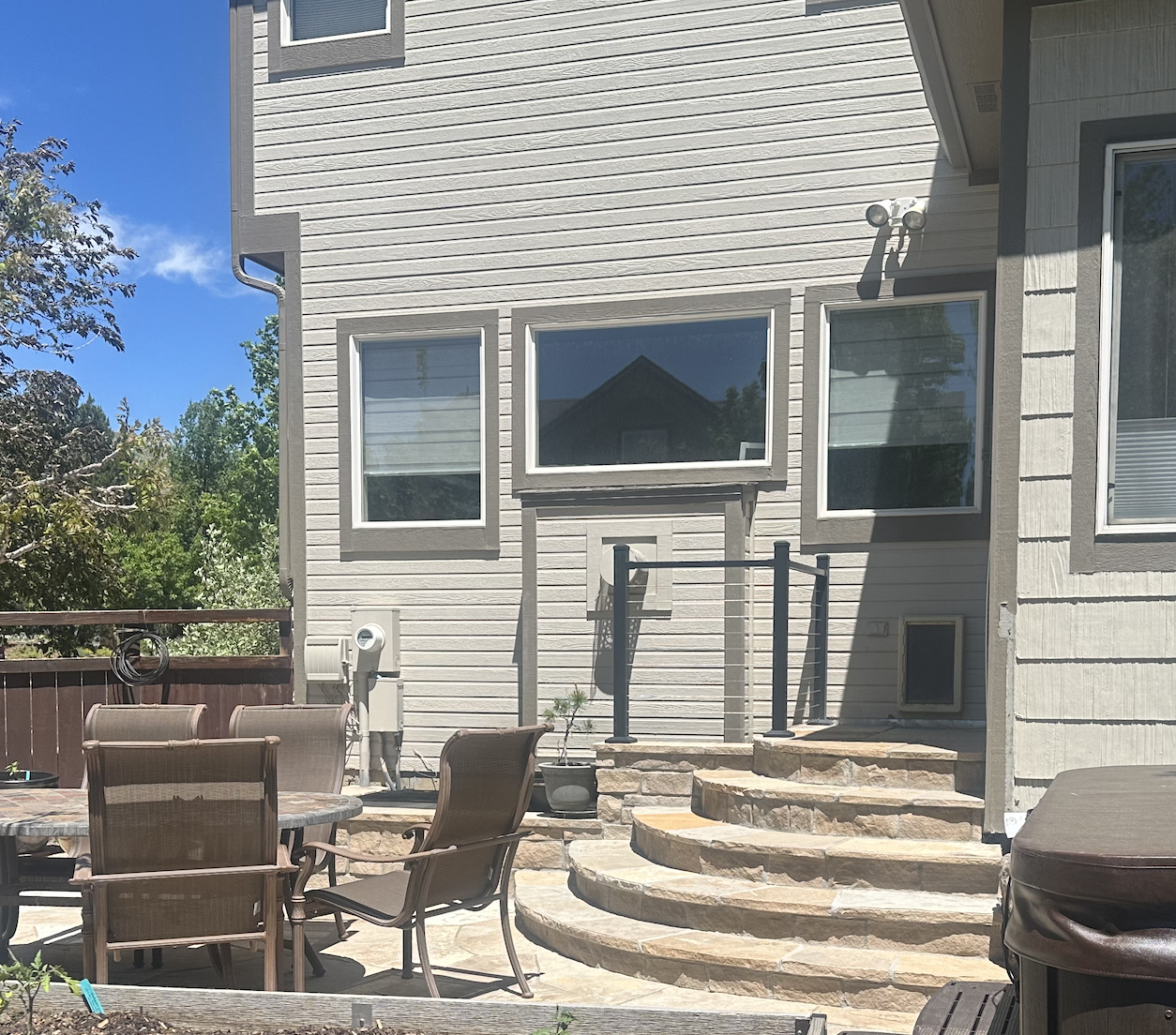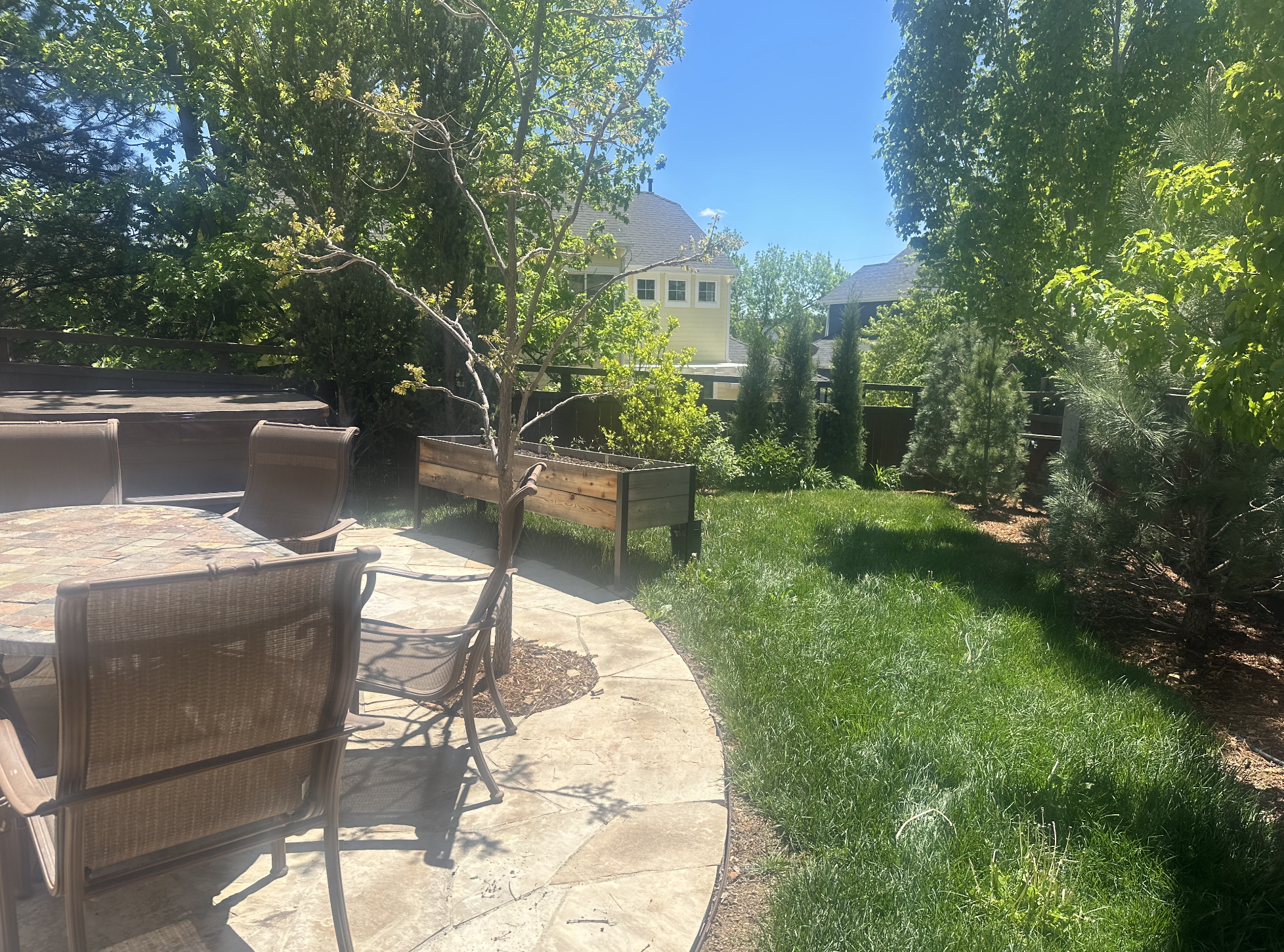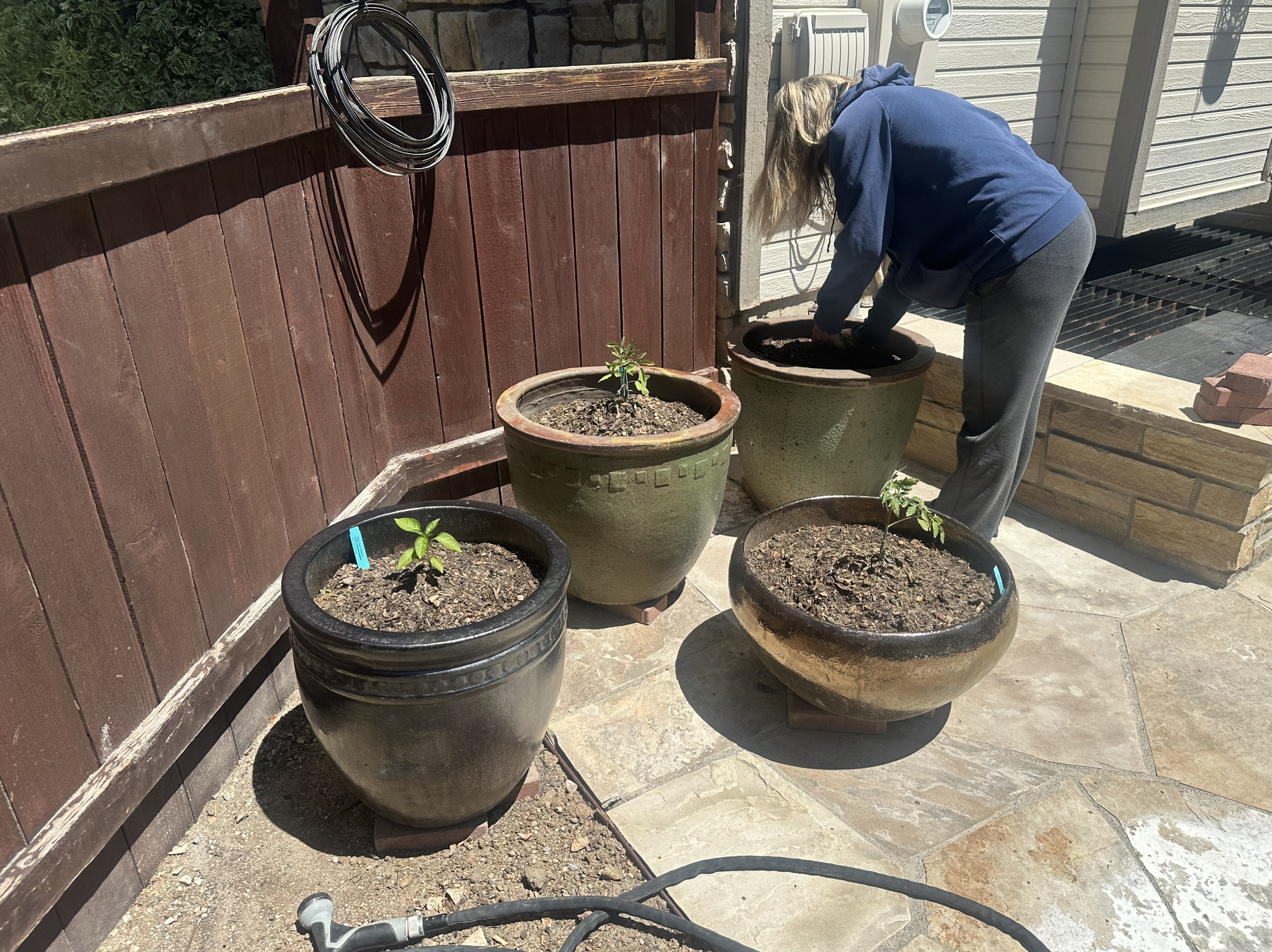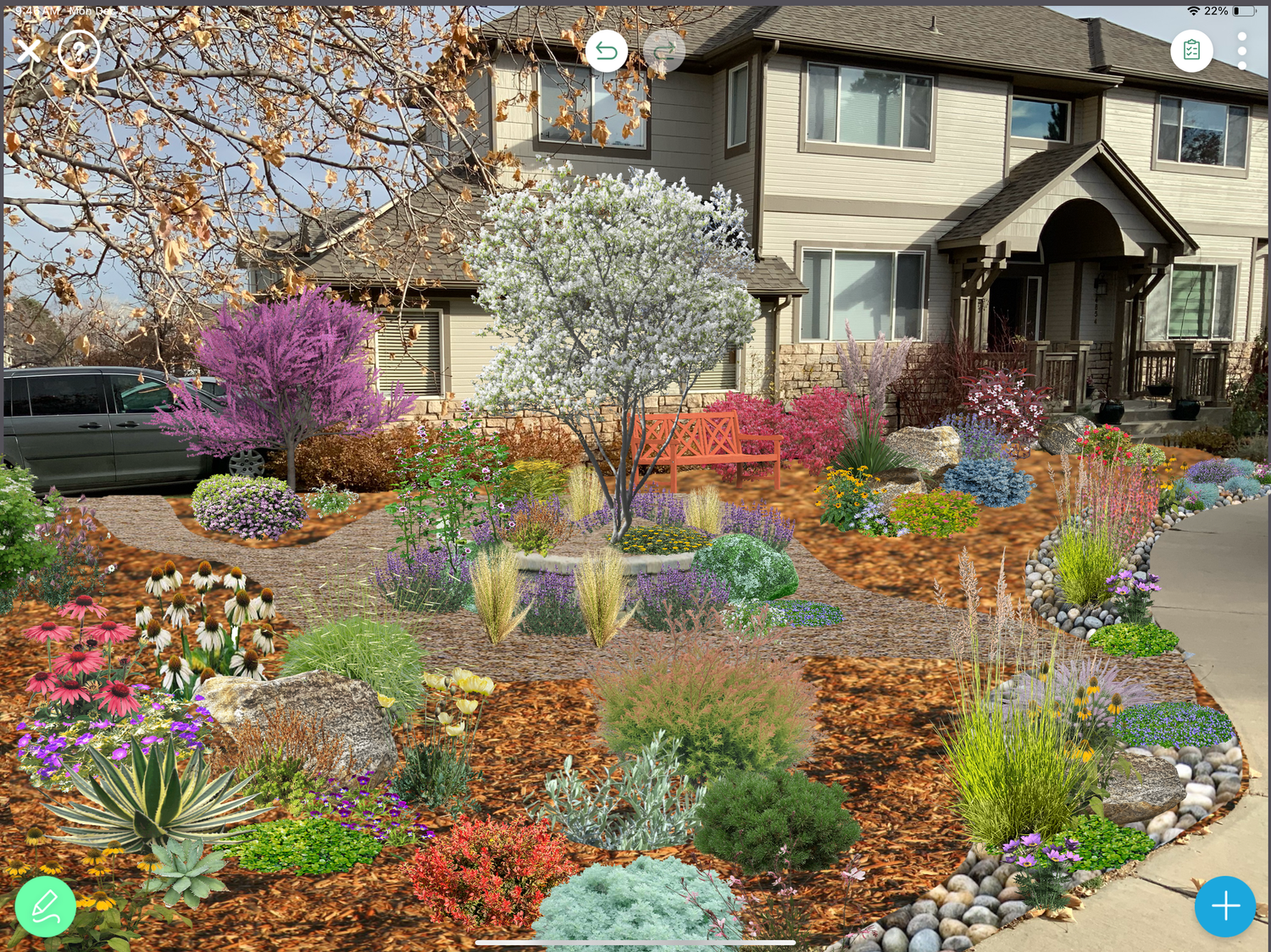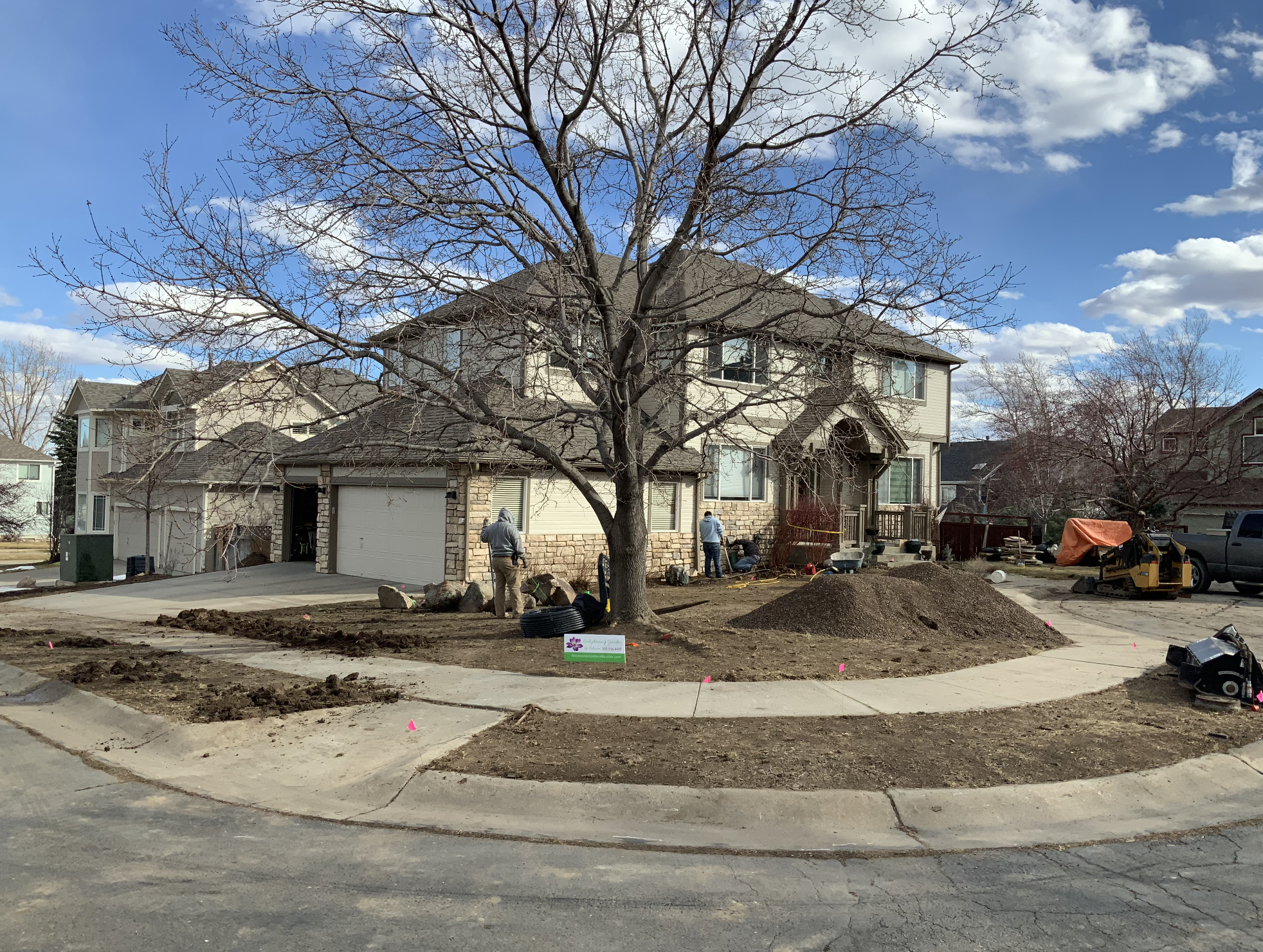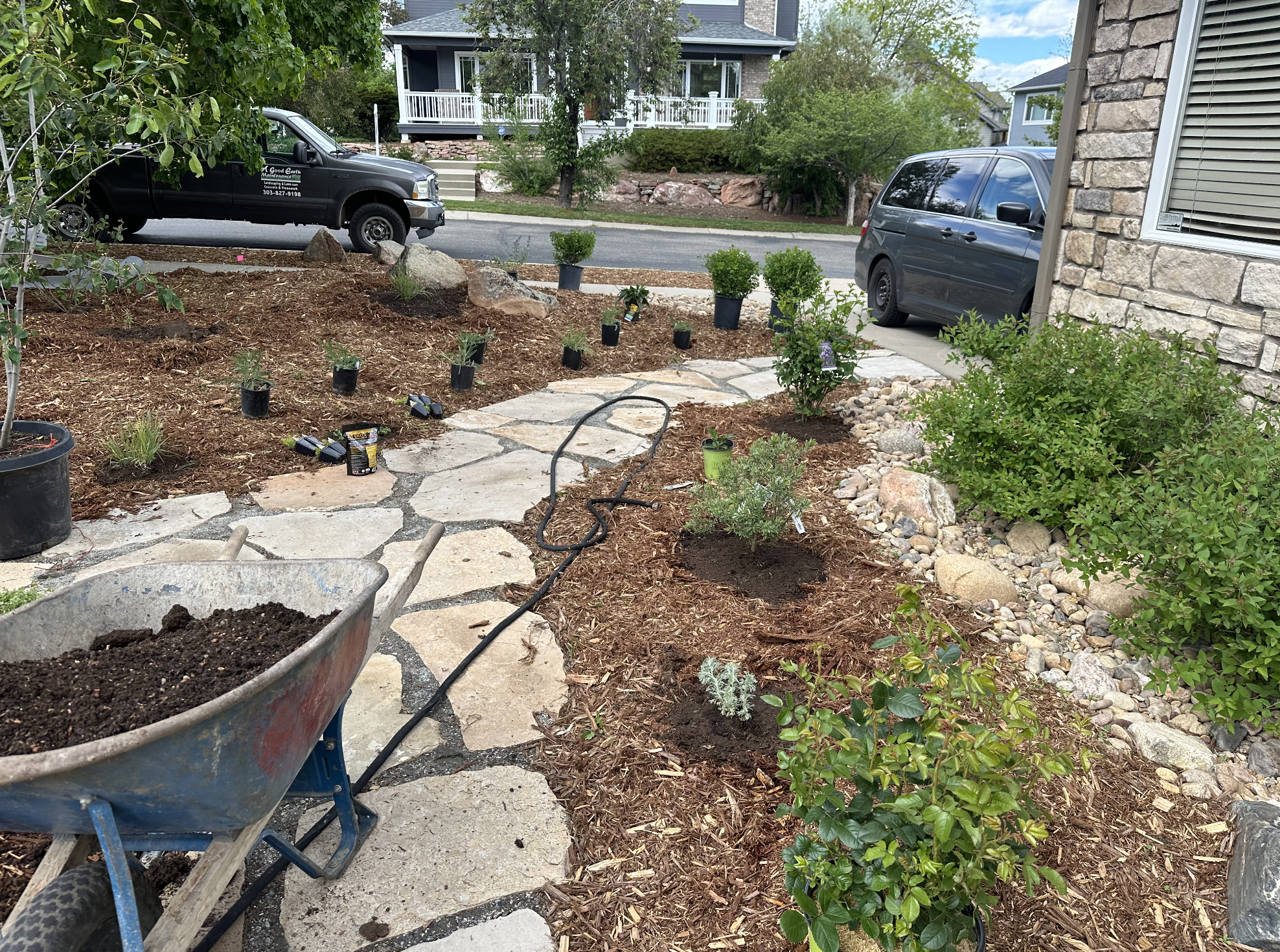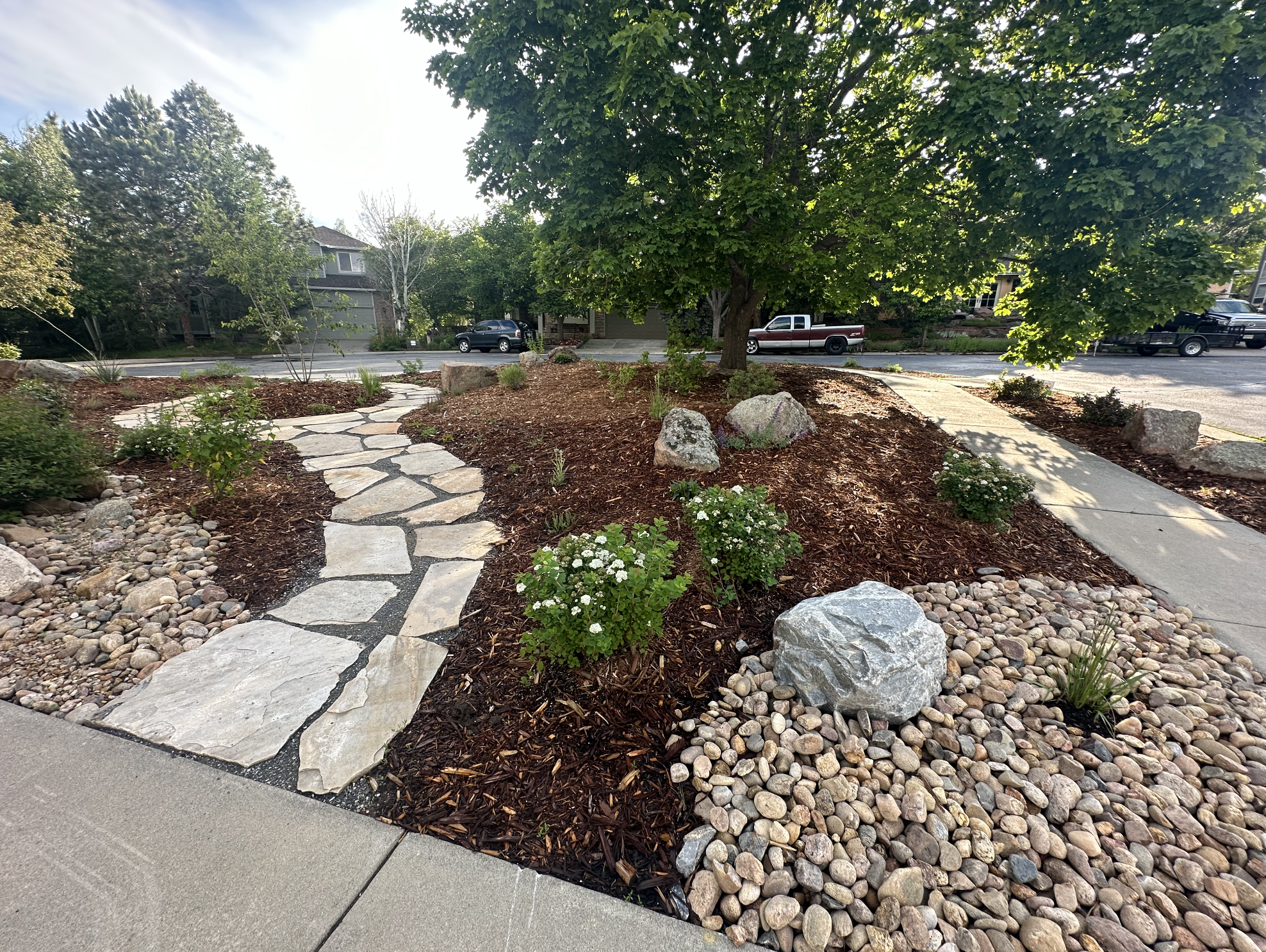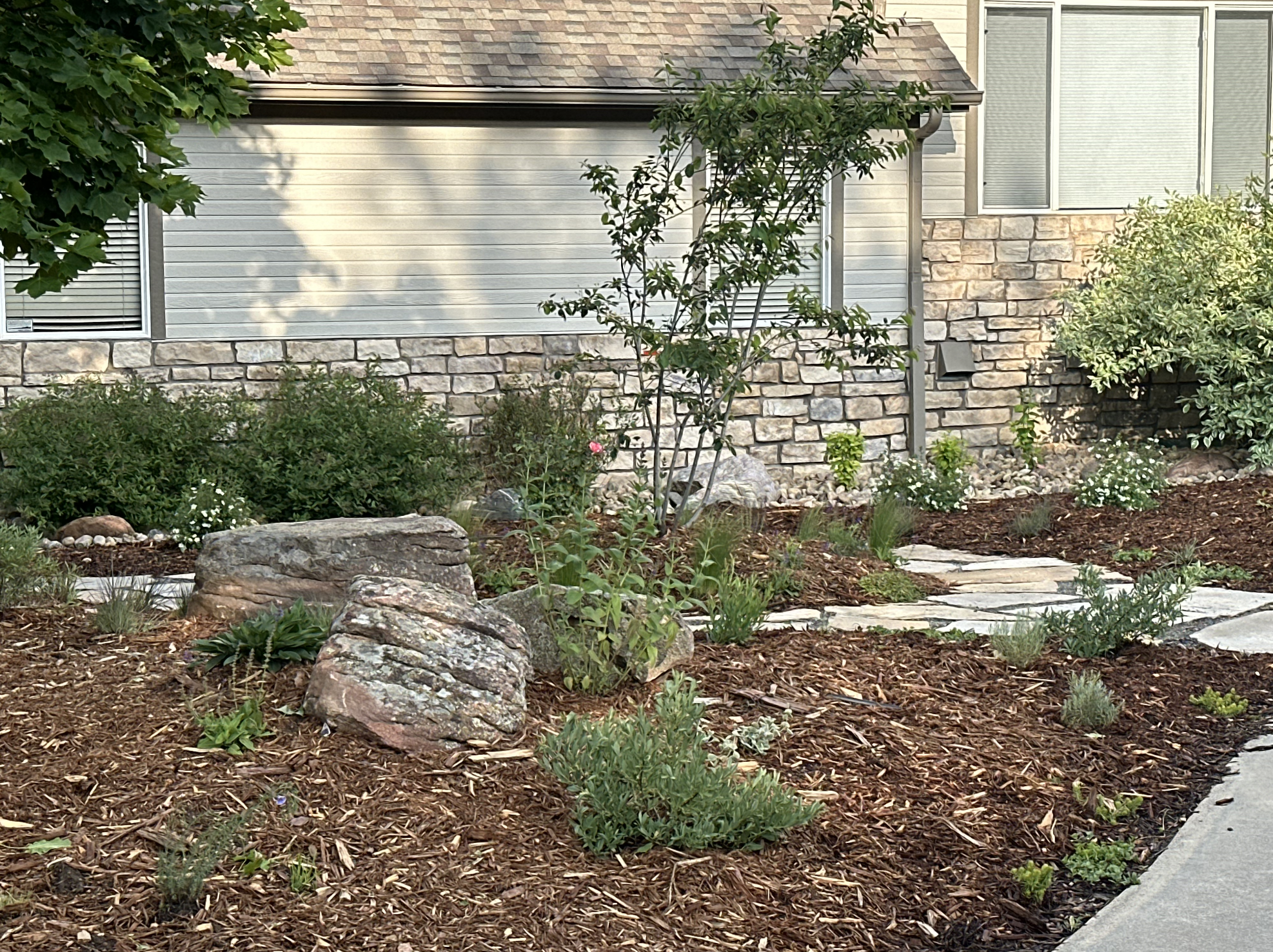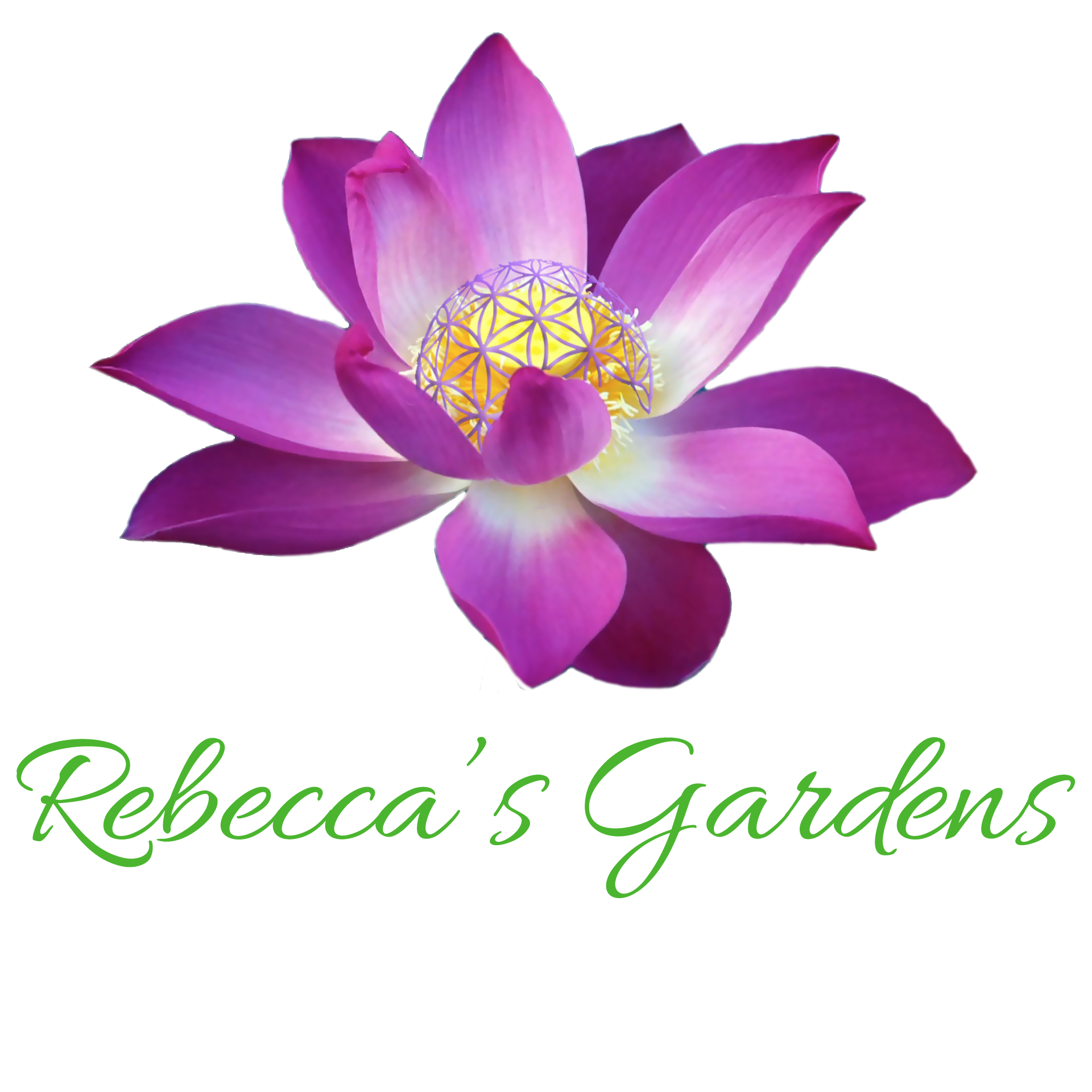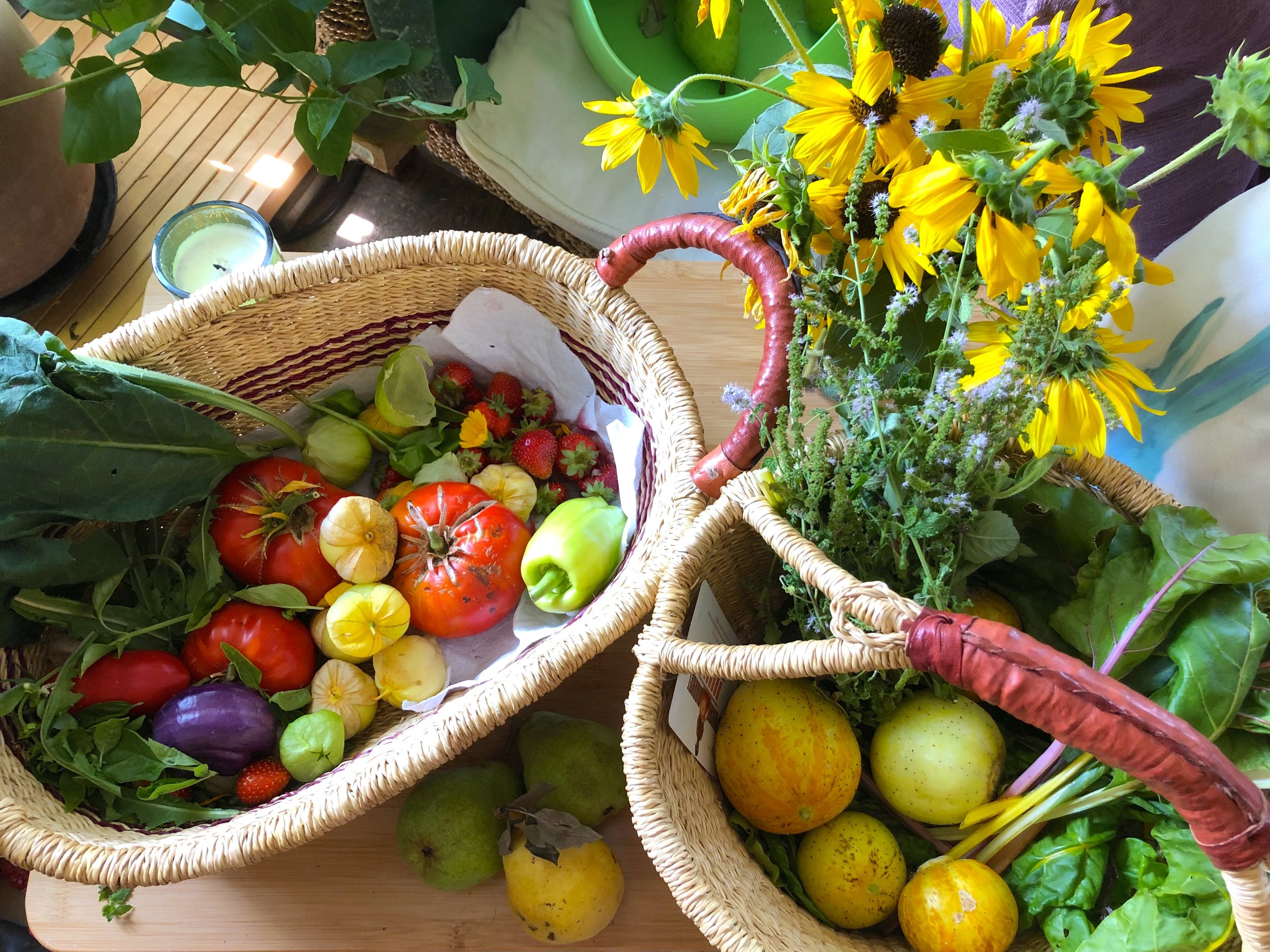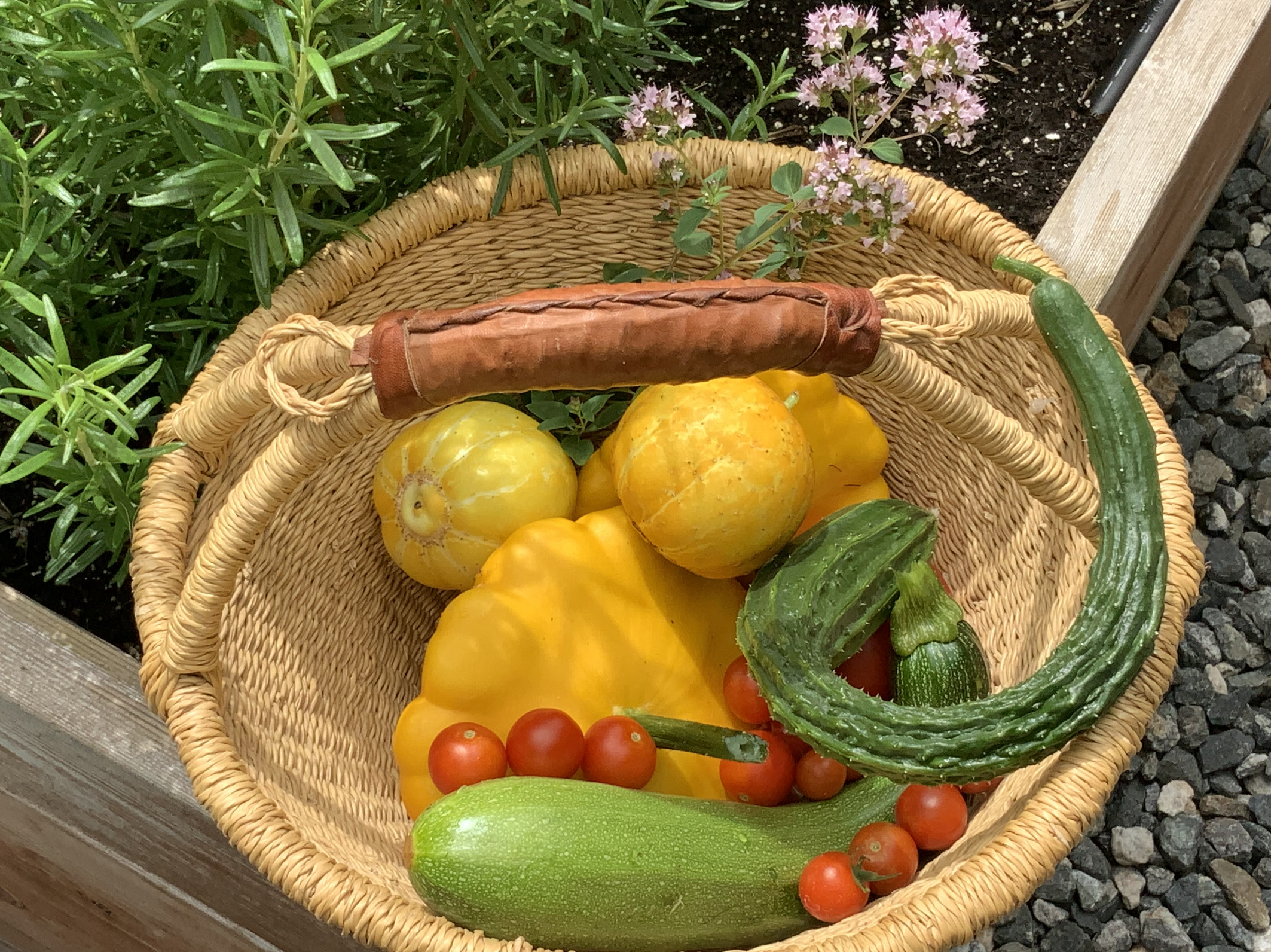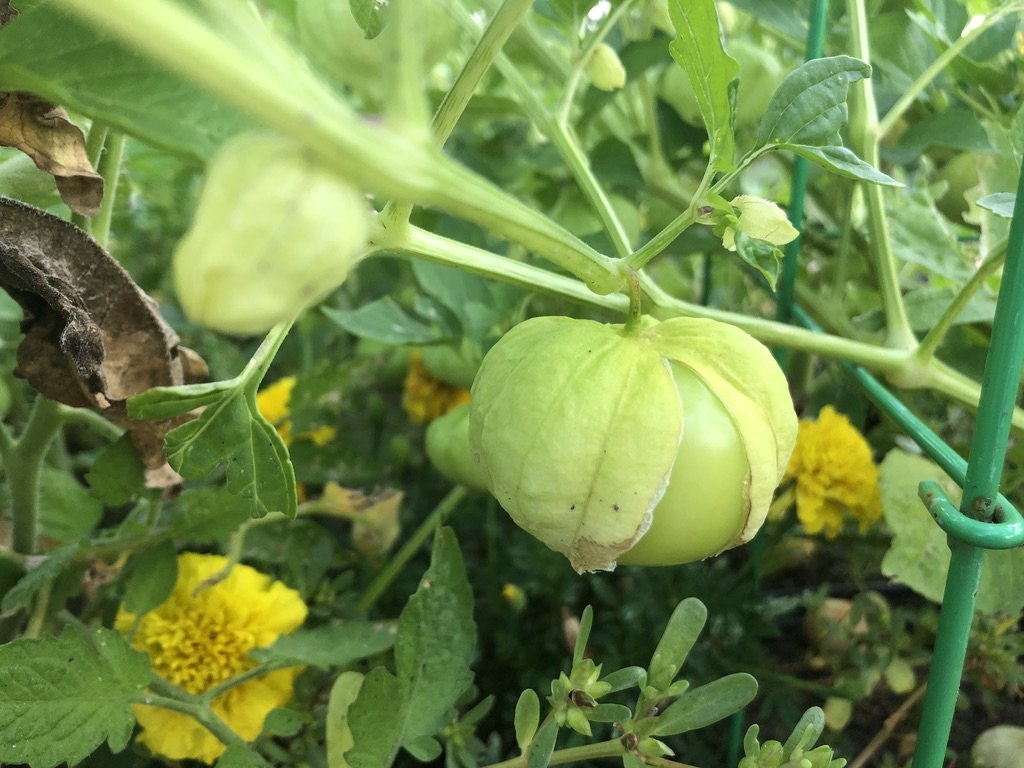4854 Fountain Street
Adrienne & Jed’s Landscape Refresh
SCHEDULE | DESIGN | PLANTS + MATERIALS | SOIL | CARE + MAINTENANCE | RECOMMENDATIONS | RESOURCES
FULL DESIGN
SEMI-NATIVE THEME | PICTURE GALLERIES BELOW | V1
BACK YARD PATIO
DESIGN
CONCEPT IMAGES
CONCEPT FOR BACKYARD PATIO WITH CURVED STEPS USING A WARM TONE BUFF FLAGSTONE + DECORATIVE MOSS ROCK BOULDERS
BACKYARD LANDSCAPE
DESIGN
Materials List
RECOMMENDED MATERIALS | QUANTITY OR SIZE | DETAILS
FRONT YARD PATH + LANDSCAPE
MAIN YARD
FRONT WALK + SIDE YARD
EAST YARD
CONCEPT IMAGES
LOW DECORATIVE BOULDERS CREATING TERRAIN INTEREST
BALANCE OF LOW WATER NATIVE PLANTINGS + ADAPTED PLANTINGS
WALKWAY PATH WITH 10 FT DIAMETER CENTER CIRCLE LEFT OPEN FOR MULTISTEM SERVICEBERRY TREE | 2-4 DECORATIVE BOULDERS AROUND EDGE
Plant List
WITH COMMON + BOTANICAL NAMES | CONTAINER SIZE | QUANTITY | DETAILS
Reference Pictures
BULBS
NAMES + PLACEMENT
Acidanthera
Allium
Anemone
Chinodoxa
Colchicum ‘Double Waterlily’
Eremurus
Fritillaria ‘Persica’
Lilium ‘Sunny Morning’
Nectaroscordum ‘Siculum’
Ranunculus
Tulipa ‘Black Hero’
Tulipa ‘Little Beauty’
Source: Denver Botanic Gardens
Grow, Rest, Repeat
Top 6 DIY Tips For
1) SOIL
2) GROWING
3) GARDEN CARE + CONSULT SESSIONS
4) FRUIT TREE GUILD
5) GARDEN NOTES
6) LOCAL VENDORS
SOUNDS LIKE FUN ~ LET’S GET GOING…
How’s Your Soil?
THE HEALTH OF YOUR PLANTS IS FIRST AND FOREMOST ABOUT THE HEALTH OF YOUR SOIL
COLORADO SOIL STRUCTURE + AMENDMENTS
WELCOME TO COLORADO: A HIGH ALPINE DESERT
The “high alpine desert” (high and dry) zone of our Colorado front range means that the soil here is typically a rocky compacted clay, deficient in nitrogen or other nutrients. The soil here has a high “alkaline” pH of 7.0 - 8.3, due to the high amount of calcium carbonate (free lime), a reflection of limited rainfall and rock weathering.
To adjust for this, here are the elements we can easily add to this soil to make it more hospitable and to support your garden’s beauty and bounty.
While many native plants prefer less amendment, in most garden situations your soil will greatly benefit by the right help to support the ecosystem you’re planning.
START HERE + BRING YOUR SOIL TO LIFE
In perennial beds, after spring clean up, and before adding seeds or starts, it is highly recommend to:
1) OPTIONALLY Aerate or till the existing soil. By adequately loosening up and amending the soil, you are helping to create a more suitable environment for the plants that live there. Water and Air can move more easily through the substrate for better drainage, encouraging microorganisms to cultivate healthy root systems, which are able to transport available nutrients where needed.
In wild or more native gardens, nature’s symbiotic balance is best left as undisturbed as possible, or when growing vegetables or crops it can be difficult to apply a no-till practice such as this, so amending is a suitable alternative.
BALANCE YOUR SOIL STRUCTURE WITH THESE ELEMENTS
2) Add a moisture-retaining element such as rice hulls, pearlite, or vermiculite (expanded shale). If you want to support a local reseller, these are available at McGuckins. The volume needed will depend on your square footage as well as any unique microclimate influences of note.
The gardener’s goal here is to create a loamy soil strucure (an equal balance of sand/silt/clay). We’re going for the “goldilock’s zone” of not too heavy, not too light, but just right, with good moisture retention. Here’s how to identify what general soil type you may be working with and how to balance it:
→ DENSE DIRT OR CLAY Most of the Front Range of CO has dense or clay dirt masquerading as soil. So, if you soil is overly dense, compacted, or has a high clay content, you’ll want to lighten it up. For this, you can use rice hulls, pearlite, and/or vermiculite. These elements act to retain moisture by wicking and dispersing, making it available to the roots in a more even distribution over a longer period. Coconut coir and spanghum moss also provide a lighter weight to the surrounding soil media thus aerating and lifting the density.
→ SANDY SOIL If your soil is too sandy or dry dusty silt, water may run through it too fast, or it may not cultivate the density necessary to support the kind of microbial activity that will truly nourish your plant roots. So you’ll want to create more moisture retention and build up the structure slightly. In this situation, coconut coir acts as a fine moisture retention element, or you could use vermiculite for even more retention. Consider removing a % of the existing media and/or adding a denser raised bed soil to bring the structure into balance.
For moisture balance, remember this general rule of thumb: Use rice hulls, coconut coir or perlite when you want better drainage and aeration. Use vermiculite when you want more moisture retention.
What’s Your Starting Soil Type?
Use Amendments To Balance Soil Structure
Here’s What A Healthy Balance Might Look Like
NEXT FERTILIZE YOUR SOIL WITH
COMPOST + NUTRIENTS
There is a difference between soil and dirt. Dirt can be any media such as sand/silt/clay, but it lacks the living microbes or fungal networks that create the ‘soup’ of life within which plant roots symbiotically thrive. Soil, on the other hand, can have a base of the same media, yet it is ALIVE, providing a living soup for such organisms. Soil has a balanced structure, density, and most importantly: the biodiversity necessary to support a living eco-system thriving within. Here’s how to build biodiversity and healthy structure into your Colorado soil:
COMPOST
3) Add a volume of organic compost suitable for vegetable or medicinal garden use. Start by adding a layer to the top of the exposed soil and then mixing it in. Great composts to use can be anything from Alpaca or Chicken poop from your local farm (make sure it’s not too “hot”), to bagged compost. Here are our recommended bagged planting soil blends, available at local suppliers such as McGuckins:
• The Bomb — by Paonia Soil Co
• Sheep ‘n Peat — by Earth Essentials
• Ocean Forest — by Fox Farm
FERTILIZERS
4) Add nutrients that help plants grow. Your typical fertilizers will have a blend of Nitrogen—Phosphorus—Potassium (N-P-K). Together these provide a spectrum that meets plant needs. You can also add other natural elements such as worm castings, bat guano, fish or kelp emulsion, blood or bone meal. Keep in mind that each of these has their own ratio, so make sure it’s what your plant needs before applying. We recommend the following brands:
• Root | Grow | or Bloom — by Age Old Organics
• Hemp Dress — by Key To Life
BOOST SOIL BIO-DIVERSITY
5) Add mycorrhizae (a fungus that grows in association with the roots of a plant) for help with nutrient uptake to help plants and ecosystem grow. Establishing this root-based systemic network is essential in that it helps plants attract and absorb nutrients from the surrounding soil that its roots alone would not be able to draw up. It’s like ‘nature’s wifi’— helping connect the neighborhood bio-chemically through the soil. Nature takes time to build this, and we can help speed it up by introducing the mycorrhizae.
• Mycorrrhizae — by Big Foot
ADD WATER SLOWLY AS YOU MIX YOUR SOILS
6) Slow water. Let the amendments soak down with slow watering (to avoid fast runoff) before planting. Soaking, rather than spraying, will give your soil time to sink in and begin to come to life. Make sure the water soaks deeply down and doesn’t just sit in the top few inches of your soil.
PLANT YOUR SEEDS + STARTS
7) Now your seed and starts are ready to be planted. By nurturing the soil before planting, you increase the success rate of your introduction, robustness, and longevity of your new plants, as well as contribute to a healthier ecosystem.
Additional Natural Products
CLICK HERE FOR A FULL LIST OF RECOMMENDATIONS
for horticultural and vegetable gardens
You Plant. But Do You Grow?
HIGHLIGHTS FOR CULTIVATING ECOLOGY + SYMBIOSIS IN YOUR LANDSCAPE
Here’s How…
COMPANION PLANTING
REQUEST YOUR CUSTOM GARDEN COMMUNITY RECOMMENDATIONS
While there are many definitions of what makes a healthy plant community or ‘guild’, essentially we are looking to create a polyculture by placing species (tree, shrub, flower, vegetable, herb) that grow well together, are chemically beneficial for one another, will access nutrients for one another, as well as some that attract pollinators and/or some that repel pests.
We’ll give you some of our suggestions for your unique garden. Diversity is key, so play around with your senses — imagine what you’d like to see, smell, taste, or use, or experiment to find what suits your garden best. Here is a link to a good companion plant search, if you get curious about what would grow best with each specific species: https://www.epicgardening.com/?s=companion+plants
LAYERING
Similar to Forest Gardening, where we consider taller Overstory trees, Mid Level shrubs, and lower Plants and Groundcover— Layering involves creating different vertical spaces within the landscape or garden with varying heights and densities. Various root depths are represented, each able to access a different soil zone for bringing nutrients to the plant community. The various species that gravitate to one another and grow well together are responding to the microclimate. Your garden can be its own microclimate, as well as various larger ecological zones in the area, or your entire state. You can enhance the health and biodiversity of your garden by selecting appropriate species that grow well together in a specific location and microclimate. This symbiosis can improve the aesthetic appeal of the landscape, while providing various ecosystem functions, benefits, or yields that are greater than the sum of its parts, and positively impact the ecology and biodiversity around you. An example of Mountain or Xeric microclimate layering in Colorado might look like:
For Microclimates
Native Xeriscape
Overstory: New Mexican Privet, Pinyon Pine, Rocky Mtn Juniper
Understory: Rabbit Brush, Three Leaf Sumac, Apache Plume, Sagebrush
Groundcover: Wild Rose, Red Yucca, Spreading Daisy, Buckwheat
Forest Garden
Overstory: Lodgepole Pine, Colorado Blue spruce, Aspen
Understory: Current, Mountain mahogany, Serviceberry
Groundcover: Yarrow, Aster, Sedum, Strawberry
MULCHING
Mulch protects and nourishes soil. Mulching bare soil offers numerous benefits for plants and the overall garden ecosystem. It helps conserve moisture, suppresses weed growth, moderates soil temperature, and enriches the soil. Additionally, mulch protects against soil erosion, adds aesthetic value, and provides a natural barrier against certain pests and diseases. Here are examples of using groundcover as a soil-cover versus using a layer of tree bark or leaves as natural mulch.
LIVING MULCH Short green plants like Thyme, Sweet Woodruff, or Clover can be used to cover soil between taller plants and keep weeds from growing, while enriching the soil and attracting beneficial insects. In fact, many of these are prized for their use as lawn alternatives. Check your microclimate requirements and each plant’s growing preference to make sure they will grow where you intend.
TREE BARK Gorilla hair mulch is a hairy type of shredded tree bark widely used as a garden mulch. Depending on your preference for using weed barrier material, this is a good one to use a strip of weed barrier or weed mat under for smaller walkways. This mulch settles down into a matt that is wind resistant and at the same time creates a soft thick layer to walk on that doesn’t allow as many weeds to propagate as gravel.
STRAW is the best mulch material for your raised veggie beds. (NOT HAY). The importance of covering bare soil cannot be understated. A good organic material that keeps the moisture in is essential for healthy soil, especially at high altitudes with extreme weather and low precipitation. Although they may look similar, straw and hay are different in one important feature: Hay, which is grown to feed animals, contains seeds. If used as mulch, these seeds germinate and create a weed problem. A good quality straw contains few seeds. Leaves, ground to a fine consistency can also be sprinkled as a mulch. Make sure any material you use in your edible gardens is either biodynamic or organic and has been grown free from chemicals or chemical fertilizers, including the groundwater in the area.
Getting Started…
Watch Others Garden Tips + Then Try It Yourself
We Suggest The Following Unaffiliated YouTube Channels As You Learn The Art/s Of…
Next Level Beauty + Inspiration
LET ME INTRODUCE YOU TO LIZIQI - A NATURE GODDESS INCARNATE IN THE RURAL CHINESE LANDSCAPE
GARDEN CARE Sessions
Schedule A Hands-On Garden Care Session with Rebecca. She’ll come garden with you one-on-one. You can learn conversationally while you pick up what to do with ‘muscle memory’. Ask your questions and get more than information…. discover a new perspective and enjoy your garden more!
Book Your GARDEN CARE 2 mo Package or Monthly Spot With Rebecca Now…
• 2 Packs can be used consecutively, or scheduled as needed (for travel or weather) anytime this season May-Oct.
• Join our seasonal “Garden Club” monthly subscription for regular monthly Garden Care DIY Meets (to get things done)!
Garden Care Is… Building your Garden step by step
√ Learning How To Care For + Relate To Your Garden
√ Once a Month On-Site Guidance
√ Gardening Side by Side
√ Gentle Maintenance and/or New Plantings or Transplants
“A delightful way to convene once a month to maintain the garden, get stuff done, and continue the conversation as we work side by side in YOUR garden.”
What Does A Garden Care Session Cover?
• Seasonal Care for General Garden or specific species
• Learn about select species that inspires you
• Tips + Tricks for best DIY Maintenance practices, solutions, assessments, plants, organic products, and more (based on over 15 years in the trade)
• Gentle Maintenance (what we can get to easily without over doing it. This means it may not be exhaustive or complete, as the focus is on education rather than just service).
• Planting or Transplanting — If you bring a few plants to introduce to your garden, we’ll do it together so you know how and can DIY
• If there are things you can’t do, I’ll be available to help with that while you learn
SAMPLE Monthly Focus or Topics
• MAY — DIY Hands-on Maintenance (seasonal clean up) and Soil Structure in preparation for planting
• JUN — Plant Selection and the importance of the elements in different micro-climates of the yard
• JUL — Bloom time and potential transplants or seasonal additions
• AUG — Creative side projects, custom solutions, or whimsical additions that bring your garden ‘together’ for your satisfaction
• SEP— Outlining a Garden Plan by season as a custom ‘users manual’ that you, your family, or anyone else you hire to help can refer to or use, for proper care.
• OCT — What to cut back, when, and what to leave over winter for the birds, bees, and pollinating insects that keep our eco system healthy
Why Garden Together? Benefits of DIY (Hire a service specialist less often).
Hands-on learning in your garden is the best way to fast track your muscle memory and know what to do when. It helps you be more efficient with your labor (less time or effort saves you from inflammation or exhaustion), more cost effective, and easier to take care of it yourself in future when you know how to ‘read’ your garden at a glance, and know the best steps to address what’s really going on.
Just like nature, your time in the garden is a continuing conversation— it is not static (or one-and-done), it’s cyclic and evolving. So monthly meets are designed to be a regular time to check-in on the evolving growth of the plants and ecology (seeded by the design if you have gotten a design with Rebecca). It’s a time to give attention to whatever wants to come to the fore, to address or enjoy what’s happening now, and to strategize for the future.
The benefit of a regular meet is more than maintenance, it helps refresh your thinking and allows for greater contextual understanding, revelations leanding to simple efficiency and greater patience. Without even knowing it, when we step away from our technology and get out in the garden we feel a sense of grounding and alignment with nature and our own embodiment. This helps balance our body-mind connection, and can positively affect our health which in turn can support our goals and well being.
And just like the seasons, this is your chance to focus on a relevant topic or garden area per month or per session!
Check-in: Where Are You Starting From | What Do You Want To Learn?
• Vegetable Gardens
• Herbs and/or Medicinal Plants
• Native Plants
• Permaculture
• Fruit Tree Guilds
• Forest Gradening
• The Basics
• How to Maintain Your New Garden Installation
• Plant Selection
• How to Prep, Install, or Maintain Xeriscape and Low Water / Low Maint
• Consider Your Irrigation
• Perennial Gardens
Create A ‘Plant Guild’ For Your Trees!
“GUILDING IS FOR CONNECTION NOT JUST FOR GOLD” | SAMPLE GUILDS AVAIL FOR FRUIT OR DECIDUOUS TREES
Images courtesy of Introduction to Permaculture by Bill Mollison showing spatial layout.
Sample Guild list(s) courtesy of Rebeccas Gardens for Front Range microclimate species.
Apple or Heirloom Crabapple Guild
What Is A Plant “Guild”? How Do Plants Work Together?
DEFINITION A plant guild is a community of plants that grow and support each other by recycling nutrients back into the soil, providing shade, and conserving water, attracting beneficial insects, repelling pests and diseases, building soil, and preventing erosion. In other words, they’re like each other’s best friends or friend circle, helping to share their unique skills and benefit the collective in their little location (aka micro-climate). They each help one another to be their best in the bio-chemical and ‘social’ environment.
DRIP LINE LAYOUT Main guild plantings are spaced most prominently within the circular area that defines the ‘drip line’ of the tree. The drip line is the area within which rainwater drips down from the trees leaves, forming a circle on the ground around the outer edge of the trees branches, mirrored by its root system underground. Just within the drip line is the area where the roots of the tree will most actively integrate with companion plants. This is because the tips of the roots are the most active and are always located near the drip line, reaching further out as the growth of the tree evolves. Specifically, this is where the tree has the most synapses for interchanges within the soil, including water and nutrient uptake. Other plantings may fill the space outside the drip line or the space that defines the garden between trees.
Aesthetically, we encourage your creativity! But in addition to your garden artistry, here are the logistical components that may help you decide what will go where for the needs of your unique guild or garden:
The 6 Main Balancing Components To A Guild
√ ATTRACTORS Great for bringing pollinators to the garden! >> Cosmos, Catmint, Sunflowers, Valarian, Sages/Salvias, Zinnias, Snapdragons, fennel, dill, lavender
√ REPELLERS Pest deterrents are a must as well. >> Allium (aka onion-family like Leeks, Chives), Garlic, Oregano, Geraniums, Marigolds, Mums, Daffodills, etc
√ NITROGEN FIXERS The ‘fertilizer’ for your tree, pulling nitrogen into the soil. >> Clover, Vetch, Legumes (clovers, beans, peas, lentils, peas, chickpeas), silverberrry
√ MULCHERS Can be cut and sprinkled around the tree like mulch which helps with water retention and soil protection. >> Comfrey, Vetch, etc, or hay or woodchips.
√ ACCUMULATORS Rejuvenate the soil by pulling up and replenishing nutrients. >> Borage, Comfrey, Chickweed, Yarrow, Nettle, Strawberries, Sorrel, Vetch etc
√ SUPPRESSORS Help suppress weed growth, like ground covers with interwoven root systems. >> Clover, Thyme, Sedum, Strawberries, etc
Pollination + Fruiting
Apple trees need cross-pollination to produce fruit, even if some varieties are listed as self-fruitful. Cross-pollination occurs when pollen from a different apple variety is transferred from the male part of the flower to the female part during bloom time.
Here are some tips for apple tree pollination:
Plant multiple trees: Plant a small group of trees instead of just one, even if some are self-fertile. This will increase the rate of fruit set.
Plant compatible varieties: Plant trees that are compatible with each other. For example, you can plant early bloomers with other early bloomers.
Plant with pollinators in mind: Place flowering crabapples or other pollinizers among apple trees. You can also attract pollinators by planting flowers that they like.
Use honeybees: Place honeybee hives in the orchard when the first blossoms open. Honeybees are the main pollinators of apples.
Consider the weather: Cool weather can extend the blossoming period, while warmer weather can shorten it. Chilly weather, rain, and wind can keep bees inside the hive.
Consider the distance: Apple trees should be planted no more than 100 feet apart.
Consider the pesticides: Avoid using pesticides during bloom time, as they are toxic to honeybees.
Some apple varieties are triploid, which means they have three sets of chromosomes and cannot cross-pollinate other varieties. To pollinate triploid varieties, you'll need to plant two other apple trees nearby, each of a different variety.
Fertilizing
Fertilize your Apple tree in early spring, after the snow melts and before new growth begins.
Organic fertilizers for apple trees can include compost, well-rotted manure, bone meal, and kelp meal:
Compost
Can be made from food or garden scraps, and is a good source of macro/micronutrients and trace minerals.
Well-rotted manure
Rich in nutrients and organic matter, but should be well-composted to avoid burning plants.
Bone meal
A great source of phosphorus that can help promote strong root development. It can be mixed into the planting hole, especially if a soil test shows a lack of phosphorus.
Kelp meal
A good second choice to compost for providing macro/micronutrients and trace minerals.
Calcium supplement
May be required if you're having a problem with bitter rot, especially for Honeycrisp apple trees.
Apple trees typically benefit from a balanced NPK blend fertilizer with a ratio of nitrogen (N), phosphorus (P), and potassium (K). A 10-10-10 ratio is a good option.
The recommended rate is 1/10 pound of actual nitrogen per year of tree age.
In addition to NPK fertilizer, use additional nutrients that support microbial soil health and root uptake, including:
Nitrogen: The primary nutrient used by apricot trees, nitrogen promotes green growth. It's leached from the soil by normal growth, so it needs to be replaced with organic or synthetic compounds. A lack of nitrogen can cause leaves to turn pale or reddish, become narrow or shrunken, or develop dead spots.
Phosphorus and potassium: These macronutrients are also important for apricot growth. Potassium is especially important for the size and weight of stone fruit.
Calcium: Improves fruit growth.
Iron: Helps increase fruit size and weight, and crop yields.
Copper and zinc: Micronutrients that apple trees need.
Magnesium: A deficiency of magnesium can cause apricot leaves to look abnormal. Epsom salts can help correct this deficiency
Most importantly, use Mycorrhizae innoculant to help increase the natural growth of a fungal network in the soil around your Apple Tree roots, which will connect with the other plants in the region, cultivating healthy plant root and chemical communication in your mini eco system.
You can read more about this in the section below on BUILDING SOIL…
Our plant recommendations are selected with your microclimate in mind— including sun, soil, and water conditions, species variety, seasonal fruiting or bloom times, companion planting, nitrogen fixers, pollinator attractors, natural pest resistance, aesthetics and overall balance. With over a decade in the industry working on the front range in this high alpine zone, we believe these selections are well suited to bring your garden to life. Planting can be partly intuitive and also counter intuitive. If you have any additional questions, just reach out.
Take A Wildflower Identification Walk
JOIN REBECCA ON A MAGICAL SHORT MORNING WALK OR HIKE THROUGH WILDFLOWER TERRITORY
SMALL GROUP MEET UP STARTS RIGHT FROM ONE OF BOULDER’S POPULAR CREEK TRAILS
ASK ME ANY QUESTIONS YOU MAY HAVE…
• WHEN IS THE NEXT WILDFLOWER HIKE?
• CAN I DO A WALK INSTEAD OF A HIKE?
• WHAT TIME OF DAY? HOW LONG?
• WHERE IS THE TRAIL + WHERE TO MEET?
• WHAT TO EXPECT FROM THE EXCURSION?
• SHOULD I BRING ANYTHING?
On Your Short Hike…
Discover Native Flowers You Can Also Use In Your Local Garden
• LEARN WILDFLOWER NAMES + BLOOM TIMES
• TAKE BEAUTIFUL PICTURES FOR INSPIRATION
• ENJOY NATURE’S BOUNTY ON AN EARLY MORNING ADVENTURE WALK
FREE Tree Care guide with Plant Talk Colorado
This link takes you to a separate website where you will find both a fact sheet— and a free database— including more How-To videos, and timely information on your choice of horticultural topics for growing on the Colorado front range.
Sponsored by Colorado State University Extension, Denver Botanic Gardens, and Green Industries of Colorado.
Natural Weeding Options
Click these separate links to read more or find out DIY tips
• Best Applications for Vinegar DIY
• Pulverize Weed Killer (Natural) Recommended Product
Local NurserieLocal Nurseries + Vendors We Recommend
GET YOUR PLANTS OR PRODUCTS LOCALLY WHENEVER POSSIBLEs + Vendors We Recommend
Find your seeds or plant starts here, as well as tools, materials, and more! We’re pleased to share the health and the wealth of opportunity among these associations from our many professional and social circles. Rebecca’s Gardens Design makes it our goal to stay as consistent as possible with the larger picture holistic ecological values for plants, people, and our planet. Thank you for your commitment to sourcing biodynamic or organically grown plant species or varieties, soil, or other products.
GOT INSTALLATION?
We Recommend Scheduling With Humberto + Team When Design Is Ready
FROM HARDSCAPE TO PLANTINGS — “AGEM” HAS IT COVERED
Rebecca's Gardens partners with A Good Earth Maintenance for installations through TLC, True Land Collective, a client-to-contractor hub featuring a niche group of trustworthy reliable small businesses.
We proudly work with longstanding local contractors and artisans who are masters of their trade, aligning projects and purpose for smoother communication and fit.
Our wisdom and work with native plants, cultivation, and maintenance is directly translated throughout the installation process, ensuring we do our best to communicate and instill the needs of your landscape ground the ground up.
We visualize and build to suit your dreams and budget in alignment with native ecological factors.
“Small or Grand, you're in good hands.”
Your Photo Album
Back Patio
BEFORE | DURING | AFTER
BEFORE
CONCEPT
DURING
AFTER
Front Landscape
BEFORE
CONCEPT
DURING
AFTER
Eco-System Support For Your Garden
Garden Inquiry: Why do squirrels eat the bark off a fruit tree?
Squirrels may primarily eat the bark of fruit (or other) tree to access the nutritious cambium layer underneath the bark, which is rich in sugars and nutrients, or to satisfy a nutrient deficiency. Rather than actually eating the bark itself; they often strip away the outer bark to reach this layer, especially when food sources are scarce or during the winter months when other food options are limited; this behavior is also sometimes used to maintain their teeth by gnawing on the bark.
Recommendation: Put out a cute squirrel feeder during fall and winter months, separate from the bird feeders. Side benefit may include the joy of observing their cute antics.
Click Here To Check Out This: SQUIRREL PICNIC TABLE
We’re so excited for your gardening journey this season! May your plants and hearts grow in abundance, wisdom, and joy. May you learn from experimentation and celebrate your adventures. And just like Life, gardening is a Journey… just remember that who we become, what we create, and how we enjoy the process on the way to our destination is the real treasure. So try something new, do your best, and you know where to reach me if you need any help, have any questions, or want to try out your ideas along the way. Enjoy the gift of every season!
~ Rebecca
A Fun Harvest Mid-season 2020
Tasty ground cherries








































































































